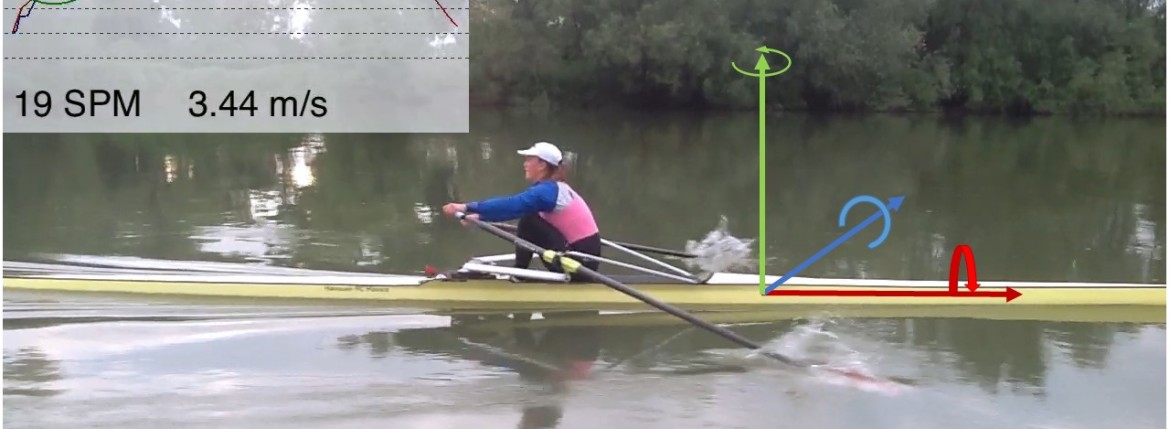Category: Articles
Thoughts on Fairness in Rowing
I’m sure many of you have closely followed the olympic rowing regatta. One of the highlights of the event was the close finish in the men’s single sculls between Mahé Drysdale of New Zealand and Damir Martin of Croatia. The photofinish turned out favorably for Mahé, winning him his second olympic gold medal in the men’s
Drag Efficiency in Rowing
In a recent article we’ve looked at the various aspects of defining and improving Efficiency in Rowing. In this article I want to expand on the concept of “drag efficiency” outlined in this article and how we can operationalize this concept for daily training to accurately asses a crew’s rowing technique. This article is guided by a simple question: How
Changing Habits – Changing your Signature Stroke
“Crews have a signature rowing stroke” If you’ve been rowing for a couple of years, I’m sure you’ve heard this quote in one way or another. Let’s look at this from the athlete’s perspective to make this intuitive. Maybe your coach told you to look at a crew that is doing particularly well and try to learn from
Listen to your Boat – Effectively Using Sonification in Rowing
Sonification refers to the process of representing time-series data acoustically, as sound, in contrast to the commonly used visual representations like graphs. While visual representation of performance parameters in rowing is important for its accuracy, visual representation has some challenges when we want to it for the purpose of live feedback on the water. Acoustic feedback on the other hand has certain
Oar Shaft Stiffness
Oar Bending has been discussed in various venues before, but the descriptions often remain diffuse and imprecise. Without claiming this would be an exhaustive description of the mechanics, I want to reiterate the basic mechanics and discuss what effect oar shaft stiffness may have on rowing performance. The Oar represents a first class lever with the gate
Efficiency in Rowing
In this article I want to look at possible definitions of efficiency in rowing and what makes a certain rowing technique more efficient than another one. The term “Efficiency” always describes a ratio of two factors, typically in an input to output relationship. What are those output and input factors in rowing? When we look at the optimisation of rowing technique with the goal of moving the
Comparing Boat Speed for three common Rowing Mistakes
In the recently released update 3.2.1 we added support for showing the typical speed graph corresponding to a typical stroke’s boat acceleration to Analytics. In this post, I want to show you 3 common mistakes that rowers make with their rowing technique and how they show up in boat acceleration, which measures the effective total boat force. If you want
Understanding Force Curves and Boat Acceleration
In this post I want to take a look at the relation between “force curves” and boat acceleration. I will also touch on the topic of the mystical drive hump and demonstrate where it comes from. To begin with, let us freshen up on some basic relations between forces, acceleration and speed. When a force is applied to an object, the
Designing a Measurement System for Rowing: Boat Acceleration and Movement
In the last part of this series, I discussed the challenges in measuring boat speed and their implications for designing a good boat speed sensor for use in rowing. In this part I want to take a look at what other types of measurements are useful for evaluating rowing performance beyond individual power production and boat speed. Furthermore, I
Designing a Measurement System for Rowing: Boat Speed
It’s been a while since my last post about the upcoming rowing telemetry system that we’re working on, where I talked about the intricacies of measuring individual rower force or power production at the oar. We have actually been very busy building said system in the past few months and that’s why there was little time for blogging 🙂 Measurement of individual performance is very










